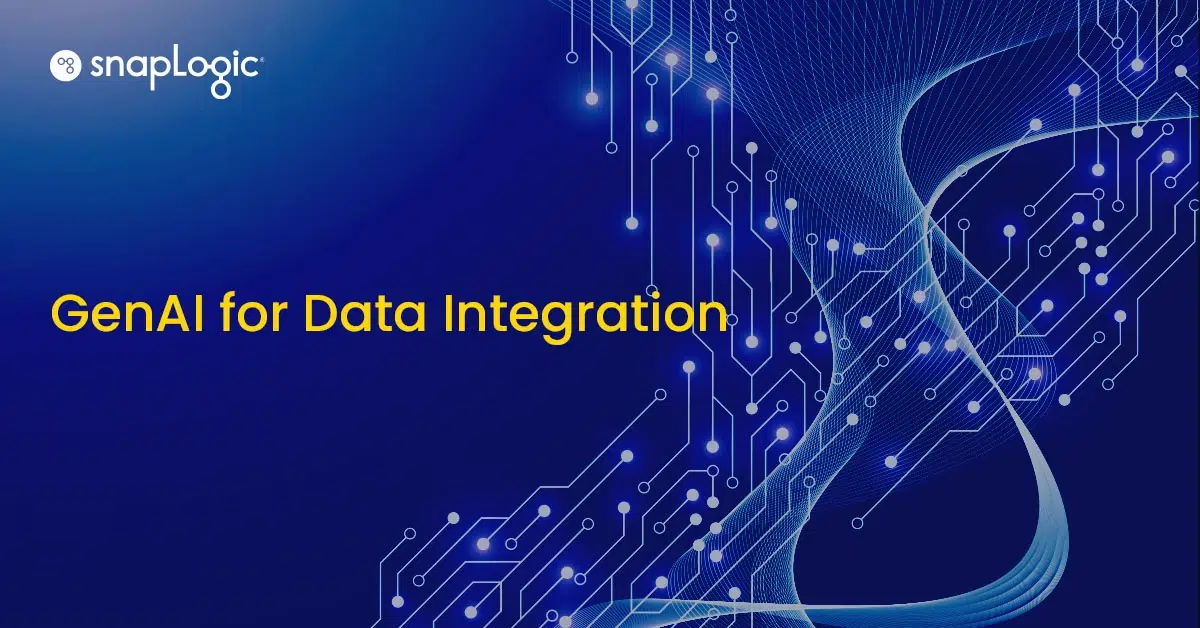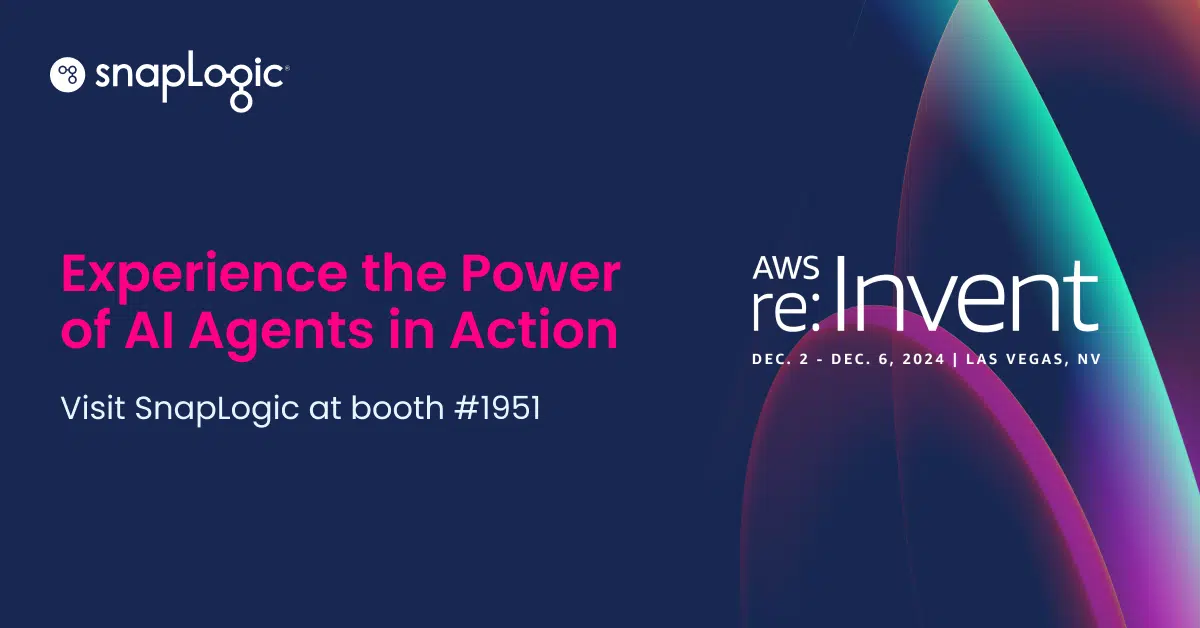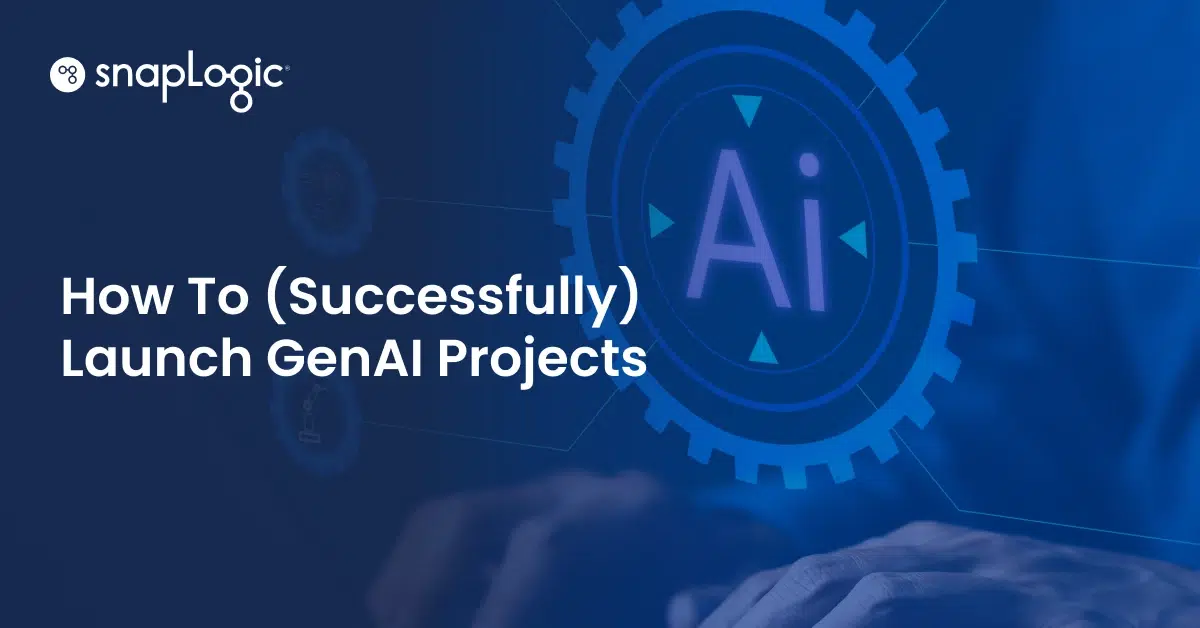I think it’s safe to say the introduction of generative AI has been a pivotal moment in technology history. As the digital landscape continues to expand, GenAI promises the potential to enhance business operations, reduce manual tasks, and optimize the bottom line.
Trends are forecasting widespread adoption of generative AI technologies, and we are quickly approaching a major turning point. In fact, according to a recent media consumption survey, there’s been a “909% growth in GenAI purchase intent activity.” Additionally, McKinsey estimates a $2.6 to 4.4 trillion annual economic impact with customer operations, sales and marketing, IT and product development as the areas with the highest potential for productivity gains.
Future developments in GenAI may include examples such as:
- Deploying large language models on devices to offer better end-user experiences
- Personal assistants trained on your data to act on your behalf
- Process multimodal inputs like audio, and video, in addition to text and images
In a recent webinar with guest Mike Wertz, Principal Operations Manager at Mercer, we discussed how the future of data and application integration undoubtedly lies within these GenAI technologies. And how SnapLogic’s GenAI-powered functionality with SnapGPT is already helping Mercer save time, money, and effort.
Watch on-demand: “Unleashing AI’s Potential for Generative Integration with SnapGPT”
SnapGPT: Mercer’s secret weapon for integration
Sharing Mercer’s experience with GenAI for integration, Mike Wertz explained how the company migrated data integration tasks to SnapLogic using SnapGPT.
SnapGPT, the flagship feature from SnapLogic’s GenAI suite, is the first generative integration solution to use AI and a large language model to allow business users to create integrations and automations 10X faster using natural language commands.
One of the big challenges enterprises face is ongoing maintenance of their integrations especially when there is employee turnover as only 2-3% of integrations are documented . By automatically documenting or describing existing pipelines, SnapGPT speeds up onboarding of new employees and simplifies ongoing maintenance.
It was only a short time before Mercer found SnapLogic’s advanced platform to be much more than just a simple tool. In just six months, Wertz and team — new users to the tool — were able to:
- Convert 5+ data integrator jobs to SnapLogic
- Save 99% of the effort spent performing manual tasks
- Reallocate resources to high-value projects
Mike Wertz’s experience testified to the transformative power of generative integration. He highlighted how SnapLogic ensured seamless governance with its federated model and the simplicity of administrative features.
My latest in Infoworld: “Using Generative AI to Overhaul Data Integration? Start Here”
Experience the power of Generative Integration
SnapLogic’s integration platform as a service (iPaaS), with the latest AI enhancements, is built to integrate data and applications on-premises, in the cloud, and a mixture of both. The platform’s rich AI suite includes features for faster learning, streamlined creation of integrations, and intelligent document processing.
SnapGPT enables IT teams to use conversational, natural language prompts to:
- Rapidly create data pipelines and workflow
- Document or describe existing integrations
- Streamline data extraction and transformation
In other words, SnapGPT enables generative integration. Imagine the power of suggesting patterns for pipeline creation or interactive pipeline modifications; perhaps the possibility of boosting pipeline efficiency and accelerating connector creation. These are just a few among the many planned enhancements on the SnapLogic product roadmap that we’re eager to share.
Additional tools in the SnapLogic AI Suite include AutoPrep for data normalization, cleansing and preparation; AutoSuggest, a recommendation engine for building data pipelines; and AutoLink for mapping apps and data sources. AI’s power for generative integration is just the tip of the iceberg.











